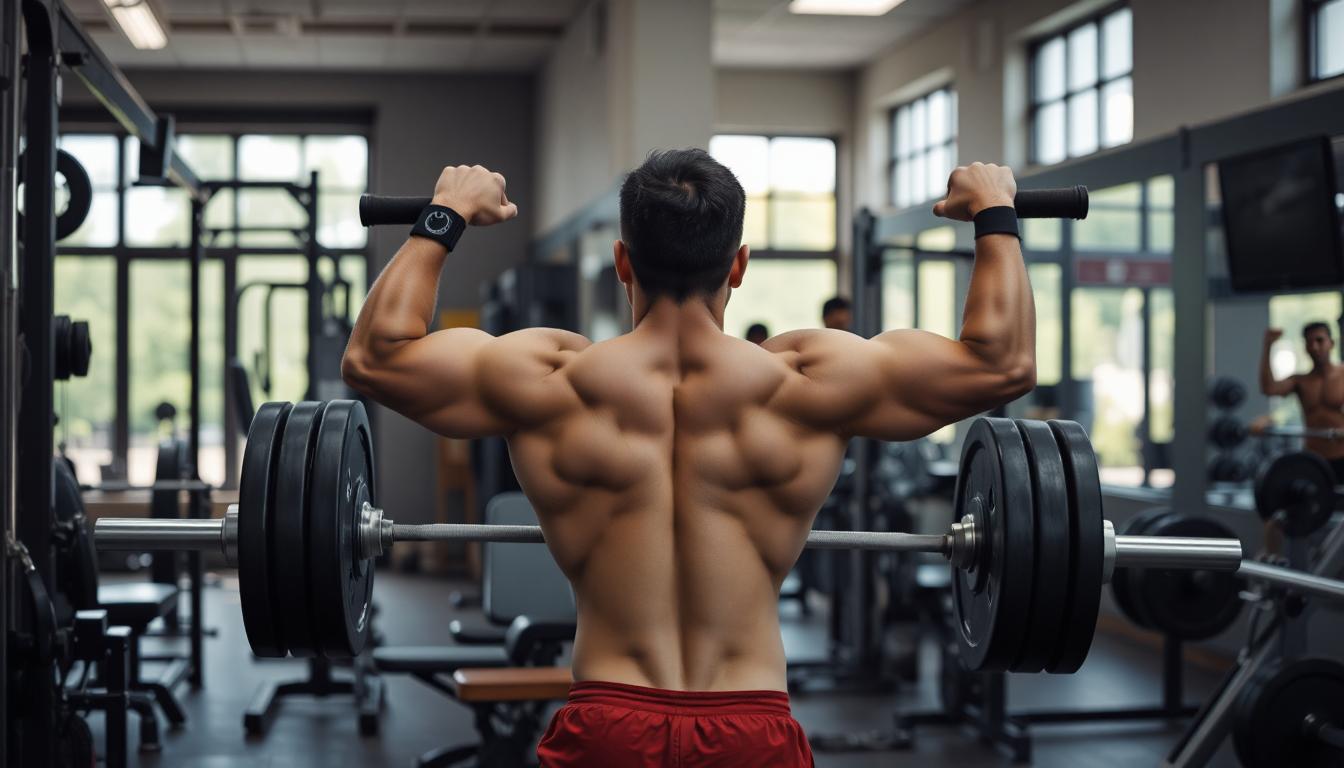When it comes to building strength, one of the most frequently debated topics among fitness professionals and gym-goers alike is whether free weights or machines deliver better results. Both these types of fitness equipment have their advantages, and each plays a valuable role depending on a person’s fitness goals, experience level, and training environment. In this article, we’ll provide a professional, in-depth comparison between free weights and machines, helping you determine the most effective approach for maximizing strength gains.
Table of Contents
- Understanding the Fundamentals
- Final Thoughts
Understanding the Fundamentals
Before comparing outcomes, it’s important to understand what distinguishes free weights from machines.
Free weights include tools such as dumbbells, barbells, kettlebells, and other equipment that require you to control and balance the resistance entirely on your own. They enable a wide range of motion and engage multiple muscle groups.
Resistance machines, on the other hand, are built to guide movement along a fixed path. They’re often used to isolate specific muscles and are popular among beginners or those rehabbing injuries due to their controlled, predictable mechanics.
Each has unique characteristics, and understanding these is the first step in choosing the right approach for your strength training goals.
Free Weights: Engaging the Body as a System
Free weights allow the body to move naturally and in multiple planes, which offers several important benefits:
1. Muscle Activation and Coordination
Free weights activate not only the primary muscles involved in a movement but also secondary stabilizers. For example, a barbell squat recruits the quads, hamstrings, glutes, core, and even upper back muscles to maintain balance and posture. This holistic engagement promotes functional strength and movement coordination, making free weights an essential component of the best strength training program for women aiming to build balanced, total-body strength.
2. Greater Transfer to Real-Life Activities
Free weights replicate movements performed in everyday life. Whether lifting a box, pushing open a heavy door, or carrying groceries, these exercises closely mimic real-world biomechanical patterns. The result is improved neuromuscular efficiency that extends beyond the gym.
3. Flexibility and Versatility
Free weights offer nearly unlimited variation. You can easily modify grip, stance, or movement range to match your body mechanics and goals. This flexibility reduces the risk of overuse injuries and encourages long-term training sustainability.
However, free weight exercises demand more from the user. They require proper technique, core engagement, and spatial awareness. Poor form under load can lead to injury, particularly for beginners without supervision.
Machines: Precision, Safety, and Isolation
Weight machines, commonly found in commercial gyms, offer a structured and accessible way to build strength. They serve an important function, especially in specific contexts:
1. Beginner-Friendly Training Environment
Machines are often favored by those new to strength training. Because they follow a fixed movement pattern, they help users maintain form and focus on engaging the target muscle without worrying about balance or coordination.
2. Targeted Muscle Development
Machines allow for isolated training of individual muscles, which is useful in hypertrophy-focused routines or during rehabilitation. For instance, a leg extension machine isolates the quadriceps without the involvement of supporting muscles.
3. Reduced Risk of Injury
Machines minimize user error by removing the need for stabilization and range control. This makes them ideal for recovering athletes, older adults, or those managing joint-related limitations.
Despite their advantages, machines come with limitations. Their fixed paths can place stress on joints if not adjusted correctly for the user’s body size or limb length. Additionally, the lack of stabilizer engagement may result in imbalanced muscle development over time if not supplemented with compound movements.
Which Builds Strength More Effectively?

The effectiveness of strength training depends on how resistance is applied, not just the equipment used. That said, free weights tend to provide superior strength gains when it comes to overall muscle recruitment, joint stability, and transferable functional strength. This is supported by the fact that compound lifts such as deadlifts, squats, and bench presses are almost exclusively performed with free weights and are the foundation of most athletic strength programs. They stimulate hormonal responses, promote central nervous system adaptation, and demand full-body coordination.
However, machines have their place in advanced strength programs as well. They can be used to safely increase training volume, isolate weaker muscles, and assist with recovery between heavy free weight sessions.
In essence, both tools contribute to strength development the key lies in how they’re programmed.
Tailoring Equipment Use to Training Phases
A strategic training approach considers how each tool supports a specific phase or goal:
- For beginners, starting with machines can help develop initial strength, body awareness, and confidence. Gradually introducing free weights ensures safe progression.
- For intermediate and advanced lifters, prioritizing free weight exercises while using machines for accessory or recovery work delivers optimal results.
- For rehabilitation or injury prevention, machines offer a low-risk way to maintain muscle activity without compromising joint stability.
In structured programming, combining both tools often leads to the most balanced and comprehensive development.
Practical Application: Building a Balanced Routine
Let’s say your primary goal is to gain full-body strength. A weekly training split may look like this:
- Day 1: Lower Body (Free Weights Focus)
- Barbell squats
- Dumbbell lunges
- Romanian deadlifts
- Leg extension (machine)
- Calf raises (machine)
- Day 2: Upper Body (Machine-Supported Volume)
- Machine chest press
- Lat pulldown
- Seated row
- Cable biceps curl
- Triceps pushdown
- Day 3: Full-Body Power (Free Weights Emphasis)
- Power cleans
- Front squats
- Dumbbell shoulder press
- Pull-ups
- Plank holds
This hybrid method takes advantage of the best each tool offers power development, hypertrophy, and recovery support resulting in sustainable, long-term strength gains.
Final Thoughts
In the free weights vs. machines debate, the question isn’t which is better, it is which is better for your current needs, goals, and capabilities. Free weights offer unmatched potential for total-body development and athletic performance. Machines provide consistency, safety, and targeted training support.
The strongest, most resilient athletes use both. Whether you’re loading plates or adjusting a weight stack, the focus should remain on controlled progression, proper form, and intelligent program design. When you train with intent, every rep counts—no matter what you’re lifting. That’s the mindset at TrendingBhai: train smart, stay consistent, and push limits with purpose.

